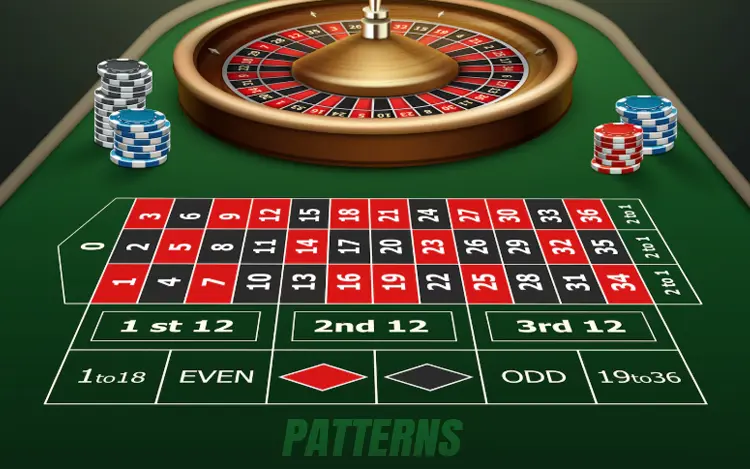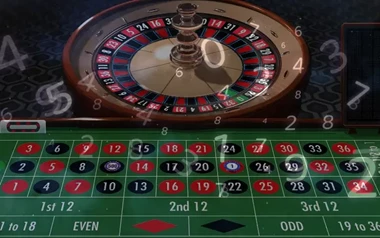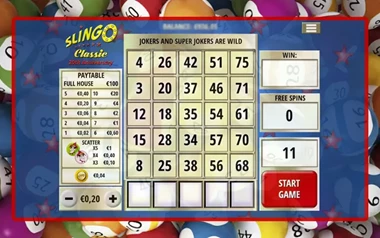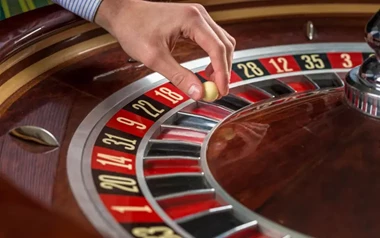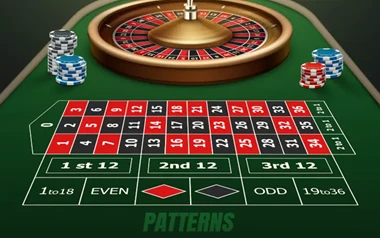Roulette has a way of making everyone feel like a genius. Until the wheel proves otherwise, that is. Players talk about “patterns,” “systems,” and “strategies” as if they have cracked some ancient code.
Spoiler: they have not.
Roulette is random. But that does not stop anyone from trying to outsmart it. Still, some betting patterns do serve a purpose. Not for beating the house, but for managing risk. Let us separate what works from what is pure casino folklore.
What Are Roulette Betting Patterns?
A betting pattern is simply a structured way of placing bets over multiple spins. Instead of choosing numbers at random, players follow a sequence, like increasing bets after losses or covering specific sections of the wheel.
Think of it as superstition with maths sprinkled on top. Patterns make players feel in control, even when every spin is as unpredictable as the last. So, before you log into the best roulette sites and try to test a strategy or pattern, read this guide in full!
Spinzwin Casino Offer
Advertiser Disclosure: At Gambling Zone, we may earn a referral commission if you sign up through links on our site. This helps support our work and does not influence our independent reviews or ratings. Learn more about our review criteria.
The Big Myth: Patterns Can Beat the Wheel
Here is the cold truth: no betting pattern changes the odds. The roulette wheel does not remember anything. It does not care that red has hit six times in a row or that your “even-odd” sequence feels overdue.
Every spin is independent. The chance of hitting red on the next spin of a European wheel is still 18 out of 37, no matter what happened before. The wheel does not owe you a win.
But patterns can affect how your bankroll behaves. That’s where they earn a bit of merit.
Common Roulette Betting Patterns (and What They Actually Do)
All right, let us get down to the meat of the discussion, shall we?
1. The Martingale System
How it works: Double your bet after every loss. When you finally win, you recover all losses plus one unit profit.
Reality check: In theory, it sounds perfect. But in practice, you will hit a table limit or run out of money long before the “guaranteed” win arrives. Great for short bursts, terrible for long-term play.
It is a high-risk, short-lived thrill. A financial heart attack waiting to happen.
2. The Reverse Martingale (Paroli System)
How it works: Increase your bet after every win instead of every loss.
Reality check: Less risky than the Martingale because you are using winnings to press your luck. But it relies on winning streaks, which, as you might have guessed, are just as random as losing ones.
It is fun, but streak-dependent. Works best if you quit while ahead. And that is something most players do not like to do.
3. The Fibonacci Sequence
How it works: Bet using the Fibonacci sequence (1, 1, 2, 3, 5, 8, etc.). Move one step forward after a loss, two steps back after a win.
Reality check: It feels strategic but still suffers from the same flaw: the wheel has no memory. It just slows your losses compared to Martingale’s aggressive doubling.
In a way, the Fibonacci sequence is indeed gentler on the wallet but still purely cosmetic in terms of odds.
4. The D’Alembert System
How it works: Increase your bet by one unit after a loss and decrease by one after a win.
Reality check: It is a calmer, more structured approach. It limits damage during bad runs and locks in small wins during good ones. But again, randomness reigns supreme.
Verdict? This one is definitely good for pacing. It will not make you rich, but it will not break you as fast either.
5. The James Bond Strategy
How it works: Spread your bets to cover half the table: 14 units on high numbers (19 to 36), 5 units on six middle numbers (13 to 18), and 1 unit on zero.
Reality check: Clever coverage, but still cannot beat house edge. You will win often, but the losses hurt when they come.
Stylish, fun, and dramatic. It is the James Bond strategy, after all. But mathematically speaking, it is as good as useless. Go for it if you want bragging rights.
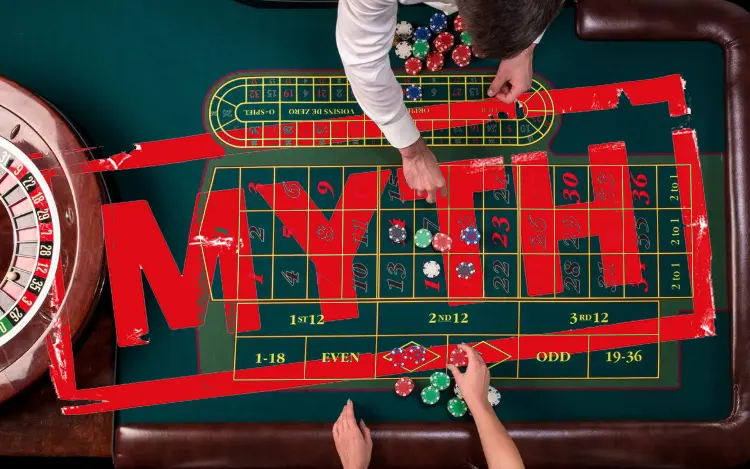
Myths That Keep Circulating Around Roulette
Myths That Keep Circulating Around Roulette
Roulette is full of myths. Let us talk about the four most prominent ones.
- You Can Spot a Pattern in Spin History: Casinos display past results to make you think you can. The brain loves patterns. The wheel does not.
- Dealers Have “Tells” or Spin Bias: Maybe in the 1970s. Today’s roulette wheels are engineered to eliminate bias. If you spot a dealer “pattern,” it is luck. Or, more likely, just your imagination.
- Betting Red After a Streak of Black Improves Your Odds: That is called the Gambler’s Fallacy. It is why people think they are “due” for a win. Roulette does not balance itself out. It does not need to. It has not been made in a way where that is even possible. If you still believe in this myth, watch roulette closely. Do not bet, just watch. Make fake bets and try to see how many times it balances out.
- Online Roulette is Rigged: Licensed casinos use RNGs (Random Number Generators) independently audited by regulators. If it feels unfair, that is because odds always favour the house, not because it is fixed.
Patterns Are About Psychology, Not Probability
Betting systems thrive because they feel strategic. They give you rhythm, structure, and a sense of control. Humans hate randomness, so we invent systems to tame it.
But roulette does not respond to confidence or cleverness. It only obeys probability. Betting patterns can help you manage money, pace your play, or stay disciplined. What they cannot do is tilt the odds in your favour.
So, what are some smarter ways to play?
- Know your limits. Set a win and loss cap before sitting down.
- Stick to even-money bets (red/black, odd/even) if you want longer playtime.
- Avoid doubling systems unless you enjoy sweating over your bankroll.
- Treat roulette as entertainment, not income.
Remember: Patterns make roulette feel like a game of skill. It is not. It is a game of patience, luck, and, most importantly, knowing when to leave the table.
FAQs on Roulette Betting Patterns
Do any betting systems really work in roulette?
No. They can shape your betting rhythm but cannot alter house edge or randomness.
What is the safest roulette betting pattern?
The D’Alembert system is the most stable. It reduces exposure and controls losses over time.
Why do people believe in patterns?
Because our human brain craves order. Seeing streaks makes us think we have spotted a trend, even when it’s pure chance.
Can I use betting patterns in online roulette?
Yes, you can, but it is purely for pacing your bankroll. The algorithm does not react to patterns. It is fully random. And that applies to both, whether you are playing in land casinos or an online RNG-based version (or a live casino version, still spun by hand).
